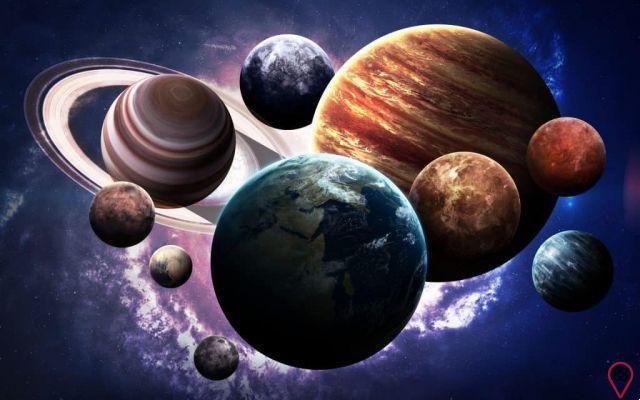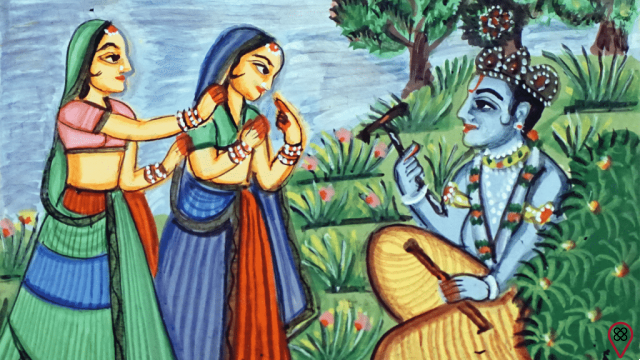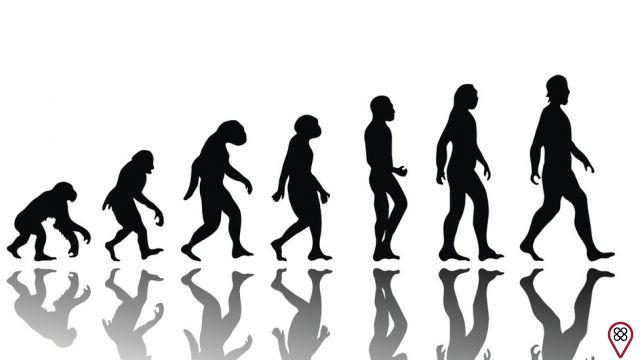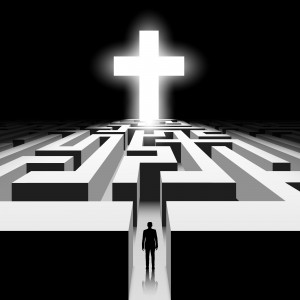Astrology, as the ancients' knowledge of the different personality traits of human beings and their relationships to the planets of the solar system, endeavored to study and compile observations accumulated over the ages. It was a primordial attempt to try to identify and understand the depth of people's character and inclinations, at a time when science was still in its infancy.
Astrology strives to reduce the influence of the stars on human beings and on the events related to them, formulating laws through the frequency and permanence of certain planetary configurations.
Putting the historical perspective in the analysis of this knowledge, we will try to summarize the planetary occurrences in the astral chart as an expression of certain personal characteristics of human beings.
In an astral chart, we find positioned, according to a person's date and time of birth, the planets according to where they were in the sky at this moment. In the heavens, planets travel certain trajectories, measured in arcs, which are divided into degrees, minutes and seconds. Each region of the sky has its own characteristics, and it is important to know the exact time of a person's birth to accurately position the planets in your astrological study.
The astrological “planets” are:

Sun – represents vitality and ego. The Sun radiates light and strength, as the individual radiates his personality from his center or core. In the astrological chart, the Sun represents the essence or center of our being, the will.
Moon – Reflecting sunlight, the Moon is constantly changing. It represents the unconscious side of the personality, the instincts and desires. While the Sun is a unity, the Moon is dual, waxing and waning; it also symbolizes the dual process of death and rebirth.
Mercury – the “winged messenger of the gods”, according to ancient mythologies, is a link between the Sun and the Moon. It corresponds to the vitality of a child who runs from one place to another, communicating and exploring everything around him. Mercury shows how a person communicates his essence and how he classifies the effects that influence his senses.
Venus - expresses the desire for harmony, the sublimation of instinctual impulses into socially acceptable forms of relationship. The senses are ruled by Venus and enable us to live on earth surrounded by harmonious beauty.
Mars – warrior and aggressor, represents the passions and impulsive desires. While Venus expresses love, harmony and spirit, Mars shows spirit limited by matter.
Jupiter – king of the gods, represents the principle of growth and expansion over the Earth. It also expresses the social order, which determines behavior and morals. Jupiter bestows the gift of prophecy and optimistic faith. It encourages us to look beyond the names and shapes of things.
Saturn – also called Cronus, is the oldest god of the Greeks, the lawgiver. He represents the sense of perfect justice and the highest attainment; it solidifies and fixes energy, giving structure. However, Saturn can also be cold and constricting. It represents material responsibility.
Uranus – is the planet that awakens humanity to a new era. Its orbit is the most eccentric of all the planets and its rotational movement is different from all, as it rotates inclined around its own orbit. Uranus is rebellious and individualistic, portraying everything that is unconventional. Uranus invalidates old patterns and structures and rules intuitive perception that comes in flashes.
Neptune — Or Poseidon, god of the sea. It flows in each individual as the potential to tune into cosmic consciousness and transcendent reality. Neptune takes love to the level of compassion and mysticism. Its positive vibe gives rise to music, poetry and dance; its negative vibration causes individuals to try to escape reality through fantasy, drugs and other illusions.
Pluto – the god of the underworld, remains half of the time above the surface and the other half below it, thus being able to perceive the depths (or the subconscious). Pluto takes earth beings through the processes of death, rebirth and purification, as well as through the changes of the seasons. When his strength explodes, it's like a volcano erupting.
In addition to these, some asteroids are also found, deepening the understanding of individual characteristics. Located between Mars and Jupiter, they provide additional information:
Ceres – or Demeter, was the great Earth Mother of the Greeks, goddess of grain and fertility. Its predominance in an astrological chart points to an individual's inclination towards healing.
You may also like
- Understand astrological planets as energy regulators
- See the birth chart as a self-knowledge tool
- Marvel at the Meaning of the Moon in Astrology
Vesta — Or Hestia, the guardian goddess of sacred fire, symbol of protection. It indicates a person who works hard and has a strong feeling of devotion and mysticism.
Juno – or Hera, goddess of marriage, rules the female reproductive cycle. Juno sheds light on how connections and commitments work in one's life: whether we retain our individuality or whether we lose ourselves through a union.
Palas Athena – represents independence, involvement in social causes, arts and business.
Chiron – also indicates one's inclination towards healing.
References
“Astrology and Myth” – Roberto Sicuteri – Pensamento Publishing, São Paulo, SP
"Treaty of Astrology" - Alpherat - Editorial Kier SA - Buenos Aires

























